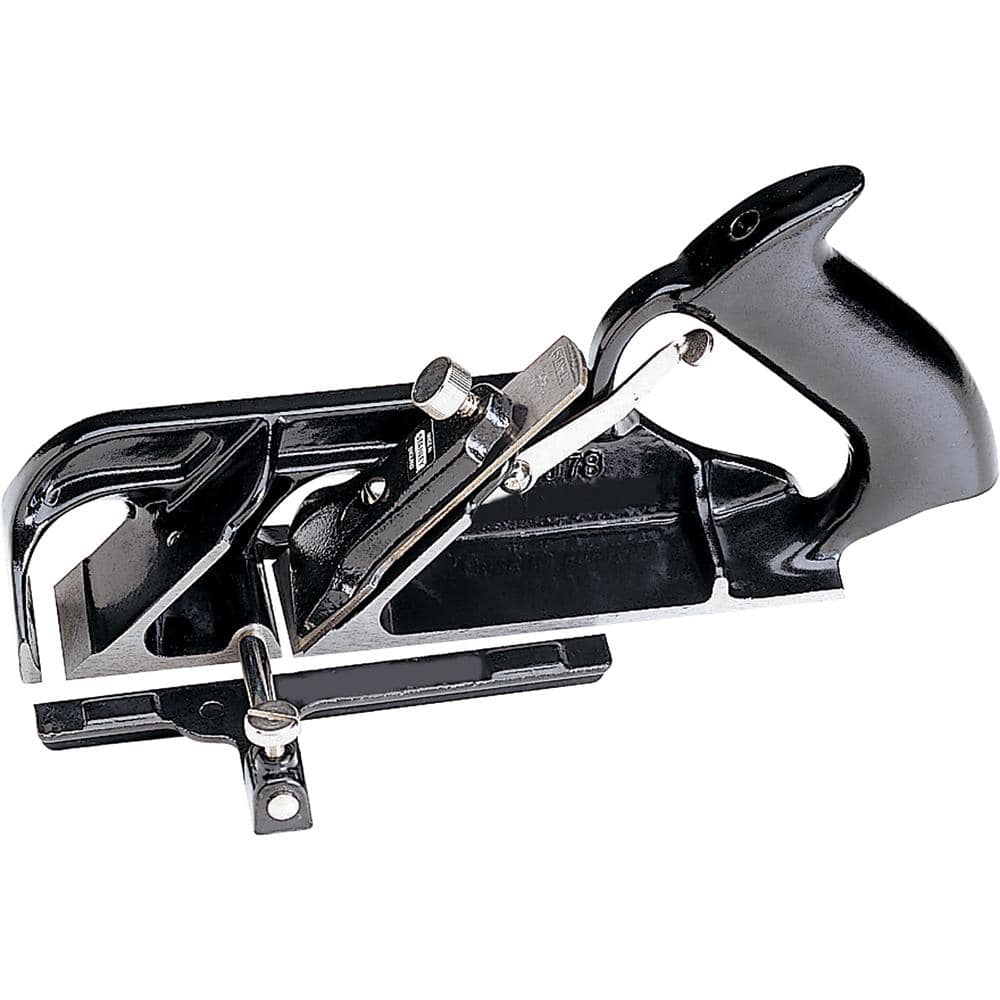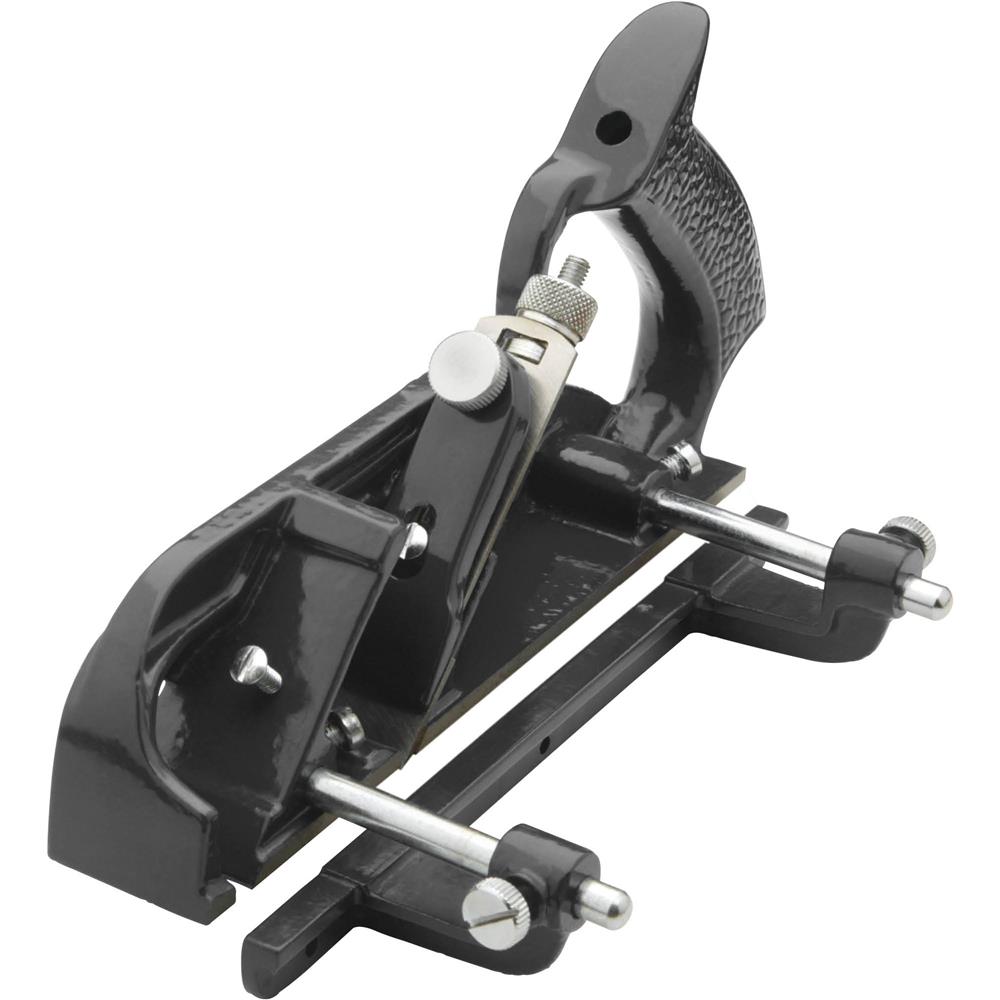What you need to make is called a rabbet, which is probably a corruption of "rebate." What you need to make it depends on what tools you already have. If you have a router, you can use a rabbeting bit, like calabrese55 mentioned, or if you have an edge guide for your router, you can use a simple straight mortising bit and use your edge guide setting to control the depth of the rabbet. If you have a table saw, it's likewise easy. You'll just make each rabbet with two passes on the saw, one with the board flat and one with it on edge, against your rip fence. The ends can be a bit tricky because it's a bit difficult to make that cut with the board standing on end against the rip fence. Adding a high auxiliary fence will help with that; just make sure it's exactly 90 degrees to the table.
There are hand tools that are made for this, too, like the classic Stanley No. 78 plane. If you're used to using a more common hand plane, you'll find that easy. If not, be aware there's a definite earning curve to that. Sadly, also, you can buy quite a decent quality electric router and bits for the price of a new or good used Stanley No. 78. Some jointers, usually the larger and pricier models, have a rabbeting ledge so that you can perform the same operation using that tool, but I've never actually seen anyone use that feature even when they have such a tool at hand.








